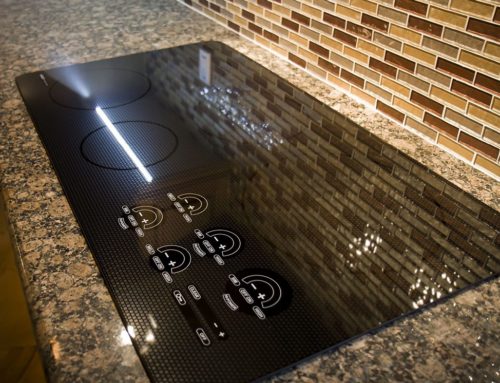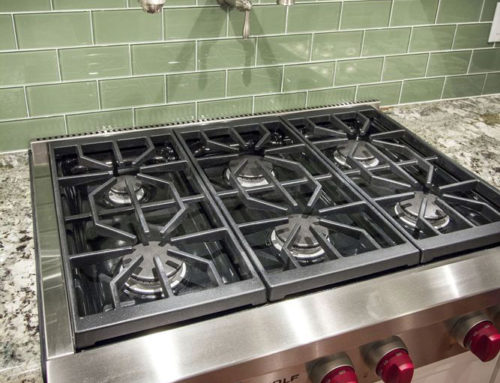Serving the greater Tampa Bay area. Please visit www.CharterBayHomes.com after reading our blog.
The house is a system. You save money and improve performance when you take cost-effective measures that reduce building loads, and then install systems and appliances that are the right size to meet the reduced loads. In general, over-sizing worsens performance and increases costs.
The most effective strategy for improving household energy efficiency is to first target your home’s envelope—walls, attic, windows, and doors. Then improve the energy efficiency of systems, such as heating, cooling, lighting, and appliances. Finally, consider clean energy generation (solar, geothermal, and so on).
1. Make sure your walls and attic are well insulated.
Effective insulation slows the rate that heat flows out of the house in winter or into the house in summer, so less energy is required to heat or cool the house. If your house has no wall insulation, and it has more-or-less continuous wall cavities (such as conventional stud walls), blown-in insulation can greatly improve your comfort and save enough energy to be very cost-effective. (It rarely pays to blow additional insulation into already insulated walls.) If your attic is unfinished, it often pays to upgrade its insulation.
Your contractor’s expertise is more important than the insulation material you choose. Properly installed fiberglass, cellulose, and most foam insulation materials can all reduce the heat conduction of the completed wall system. The key is “properly installed.” Ideally, the contractor will use an infrared camera during or after installation to look for voids
Click Here for the whole story on the U.S Green Building Council’s website.



